Is It Safe to Consume Overnight-Soaked White Fungus (Tremella fuciformis)? A Comprehensive Guide to Food Safety and Quality*
White fungus, scientifically known as Tremella fuciformis*, is a gelatinous, edible mushroom widely used in Asian cuisine and traditional medicine. Prized for its delicate texture and purported health benefits—such as hydrating the skin, boosting immunity, and aiding digestion—it is a staple in soups, desserts, and salads. However, a common query among home cooks and food enthusiasts revolves around the safety of consuming white fungus that has been soaked overnight. This article delves into the scientific, culinary, and hygienic factors influencing this decision, offering evidence-based insights to help readers make informed choices.
White fungus is typically sold in dried form, requiring rehydration before use. Soaking allows the mushroom to absorb water, expanding into a soft, floral-like structure. The process not only restores its texture but also removes impurities. However, the duration and conditions of soaking—such as temperature, container hygiene, and exposure to air—play pivotal roles in determining whether the fungus remains safe for consumption after prolonged periods.
The Science Behind Bacterial Growth and Food Spoilage
Food safety hinges on preventing microbial contamination. When white fungus is soaked, it creates a moist environment conducive to bacterial proliferation. Key pathogens of concern include Bacillus cereus, Staphylococcus aureus, and Salmonella spp., which thrive in nutrient-rich, aqueous settings. These bacteria can multiply rapidly between 40°F (4°C) and 140°F (60°C), a range termed the “danger zone” by food safety authorities.
If white fungus is left at room temperature overnight (typically 68–77°F or 20–25°C), bacterial colonies may reach unsafe levels within 2–4 hours. Symptoms of foodborne illness—such as nausea, vomiting, diarrhea, and abdominal cramps—can emerge 6–72 hours post-ingestion. While refrigeration (below 40°F or 4°C) significantly slows bacterial growth, it does not halt it entirely. Thus, even chilled, soaked white fungus has a limited safe consumption window.
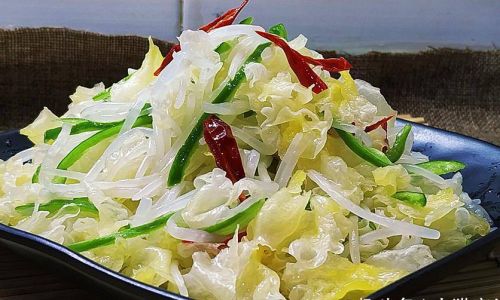
Factors Influencing Safety
-
Temperature Control:
- Refrigeration: Storing soaked white fungus in an airtight container at ≤40°F (4°C) extends its safety period to 1–2 days. Freezing halts bacterial activity but alters texture.
- Room Temperature: Leaving it uncovered or in a warm kitchen invites rapid spoilage.
-
Hygiene Practices:
- Use sterilized utensils, clean hands, and sanitized containers to minimize cross-contamination.
- Rinse the fungus thoroughly post-soaking to remove debris and bacteria.
-
Water Quality:
Use filtered or boiled water for soaking to reduce microbial load. Tap water may introduce pathogens if not properly treated.
-
Initial Fungus Quality:
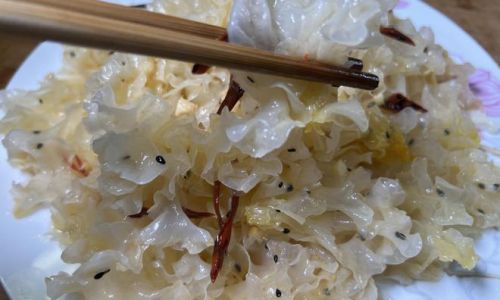
Dried white fungus with visible mold, discoloration, or off-odors should be discarded immediately, as spoilage may have begun pre-soaking.
Sensory Evaluation: Signs of Spoilage
Even if stored correctly, soaked white fungus may deteriorate. Key indicators of spoilage include:
- Foul Odor: A sour, putrid, or yeasty smell signals bacterial or fungal activity.
- Texture Changes: Sliminess, excessive softness, or disintegration indicate microbial breakdown.
- Discoloration: Grayish, brownish, or greenish hues suggest mold growth.
- Bubbles or Foam: Gas production from fermentation is a red flag.
Culinary Considerations: Texture and Flavor
Beyond safety, overnight soaking may compromise culinary quality. White fungus is valued for its crisp-yet-tender texture. Prolonged soaking can render it mushy, waterlogged, or overly gelatinous, diminishing its appeal in dishes like sweet soups or stir-fries. Chefs often recommend soaking for 1–2 hours (or until fully hydrated) to preserve optimal texture.
Risks for Vulnerable Populations
Pregnant women, young children, the elderly, and immunocompromised individuals face higher risks of foodborne illnesses. For these groups, consuming overnight-soaked white fungus—even without visible spoilage—is inadvisable. Their weaker immune systems may struggle to combat pathogens like Listeria monocytogenes, which can proliferate in refrigerated foods.
Expert Recommendations and Food Safety Guidelines
- Soak Only What You Need: Prepare fresh batches to avoid leftovers.
- Refrigerate Promptly: If soaking in advance, transfer to the fridge within 2 hours and use within 24 hours.
- Reheat Thoroughly: If incorporating into cooked dishes, ensure temperatures reach ≥165°F (74°C) to kill bacteria.
- Avoid Cross-Contamination: Use separate utensils for raw and cooked ingredients.
- Discard Doubtful Batches: When in doubt, throw it out.
Cultural Practices and Myths
In some cultures, overnight soaking is believed to enhance the fungus’s medicinal properties. However, no scientific evidence supports this claim. Conversely, traditional practices like adding vinegar or salt during soaking may reduce bacterial growth but alter taste. Balancing cultural preferences with modern food safety standards is essential.
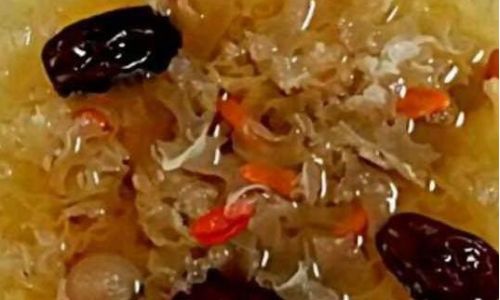
Alternative Solutions: Quick-Soaking Methods
For time-constrained cooks, alternative hydration techniques exist:
- Hot Water Soak: Submerge dried fungus in boiling water for 15–20 minutes.
- Pressure Cooking: Use an Instant Pot to rehydrate and cook simultaneously.
- Pre-Cut Frozen Fungus: Some stores offer vacuum-sealed, pre-soaked options with extended shelf lives.
Conclusion: Weighing Convenience Against Safety
The decision to consume overnight-soaked white fungus hinges on storage conditions, individual health, and culinary priorities. While refrigeration and proper hygiene can mitigate risks, no method guarantees absolute safety beyond 24 hours. Prioritizing freshness and adhering to food safety guidelines—such as those from the FDA or WHO—remains paramount.
For most households, the minimal effort required to soak white fungus anew outweighs the potential health hazards of questionable leftovers. However, in cases where refrigeration is assured and spoilage signs are absent, moderate consumption may be acceptable. As with all perishable foods, vigilance, and education are the best tools to savor this delicate ingredient without compromise.
In summary, while overnight-soaked white fungus is not inherently toxic, its safety is conditional. By understanding the interplay of microbial science, storage practices, and personal health, consumers can enjoy this culinary treasure responsibly. After all, the key to great food lies not just in flavor but in the peace of mind that comes from knowing it is wholesome and safe.

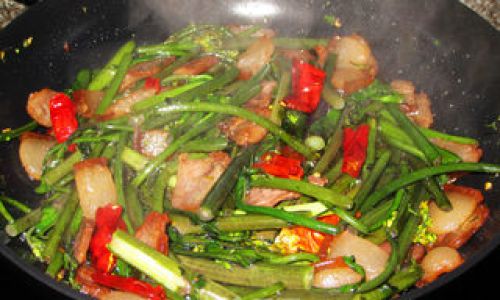
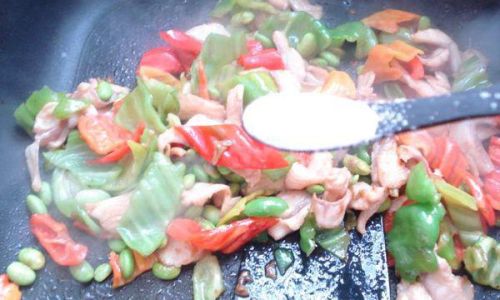
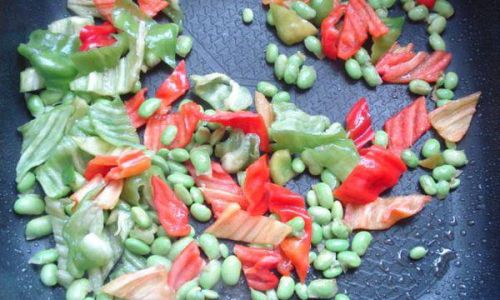
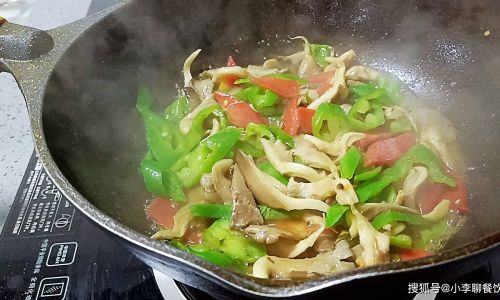
0 comments